On Monday the country’s best known toolmaker’s son ‘Sir’ Keir Rodney Starmer, in a vain effort to stem the flow of support for the Farage fascist fan club otherwise known as the Reform Party UK Ltd., made a major announcement on immigration racism and xenophobia, namely to the effect that he was in favour of both, despite a side serving of the usual ‘I’m not racist, but…‘
His speech met generally with condemnation from the left and varying degrees of praise from those on the right, such as ‘Honest’ Bob Jenrick, some of whom also believed he hadn’t gone far enough to be beastly to those pesky forrins to whom they would have been even nastier.
Anyway, this was a speech in which Starmer embraced his inner Enoch Powell, echoing phrases from the latter’s notorious and deeply offensive ‘Rivers of blood‘ speech from 2nd April 1968. Where Powell remarked that the country’s white population ‘found themselves made strangers in their own country‘, Starmer stated that the UK risked becoming an ‘island of strangers‘.
Another ill-conceived utterance in his speech was that immigration and immigrants had done ‘incalculable harm‘ to the country. In particular, this drew justifiable ire from many whose grandparents or great-grandparents had migrated to Britain in the 19th and 20th centuries along the lines of ‘how dare he…‘. This reaction from tax campaigner Richard Murphy is a prime example of this sentiment.
Quite right, Richard. They come over here and do irreparable harm by (say) keeping the National Health Service running, paying their taxes and so on.
Another facet of the toolmaker’s son’s speech centred on his remarks about the use of the English language. Starmer is on record as saying:
Britain is an inclusive and tolerant country, but the public expect that people who come here should be expected to learn the language and integrate.
A remark of a similar nature and of the same import was also made on Starmer’s social media account.
Which language? Starmer is conflating English, the language of England with the whole of the Untied* Kingdom, parts of which have their own indigenous languages, like Cymraeg or Gaelic. He seems completely ignorant of the fact that modern English is the product of three waves of historical incomers, i.e. immigrants, the Angles, Saxons, Jutes, etc. who arrived after the Romans left in the 5th century CE, Norse Vikings who settled here and the French-speaking Vikings from Normandy who invaded in 1066. There are very few words from Britain’s indigenous languages in modern English.
The fact that modern English is a mongrel language brought by immigrants also seems lost on Starmer.
However, this imperative to speak English has not gone down well in either Scotland or Cymru (where Cymraeg has equal legal status with the language of invasion. Ed.), as The National reports.
In Cymru, the radio personality, TV presenter and influencer Jessica Davies took to X/Twitter to make her feelings known.

Well done, Keir. By your racism you have shown that you are well and truly a product of your father’s profession.
* = Misspelling is deliberate.




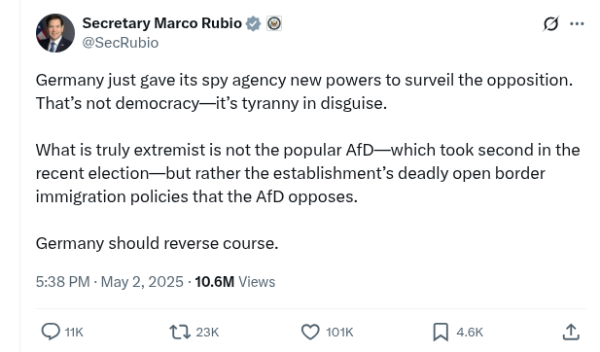
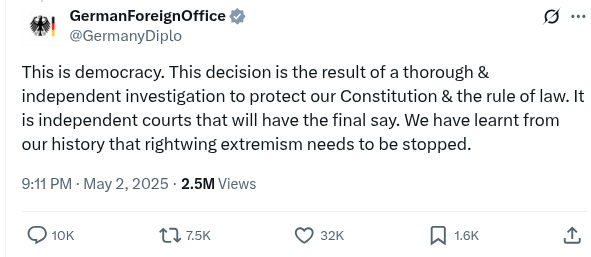

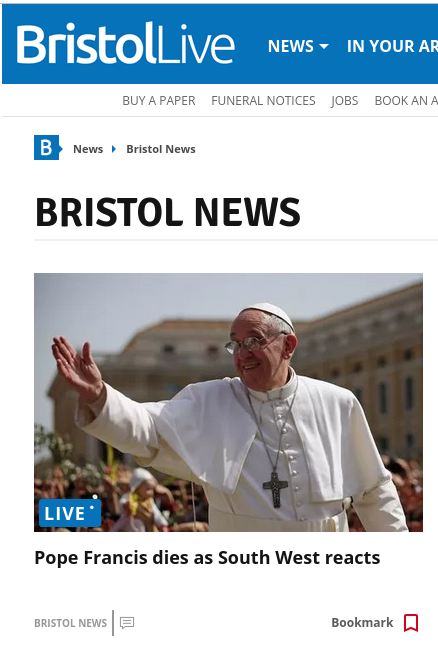


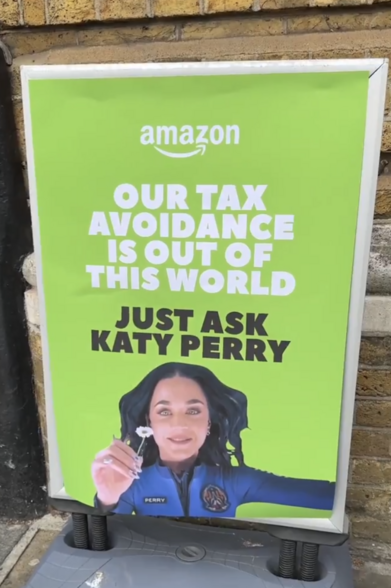
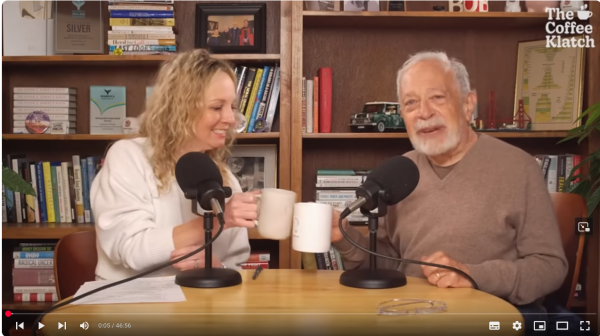
 In 1948 an old Etonian then living of the Scottish island of Jura wrote a novel about future authoritarian dystopia.
In 1948 an old Etonian then living of the Scottish island of Jura wrote a novel about future authoritarian dystopia.